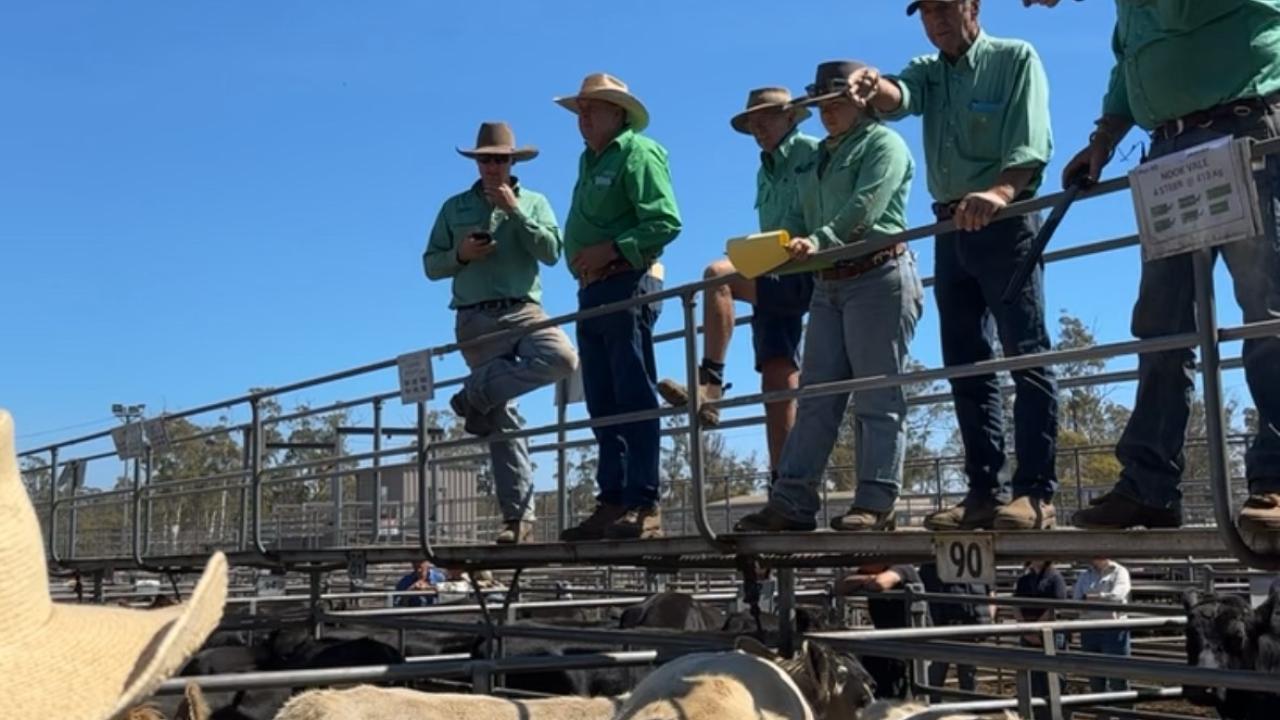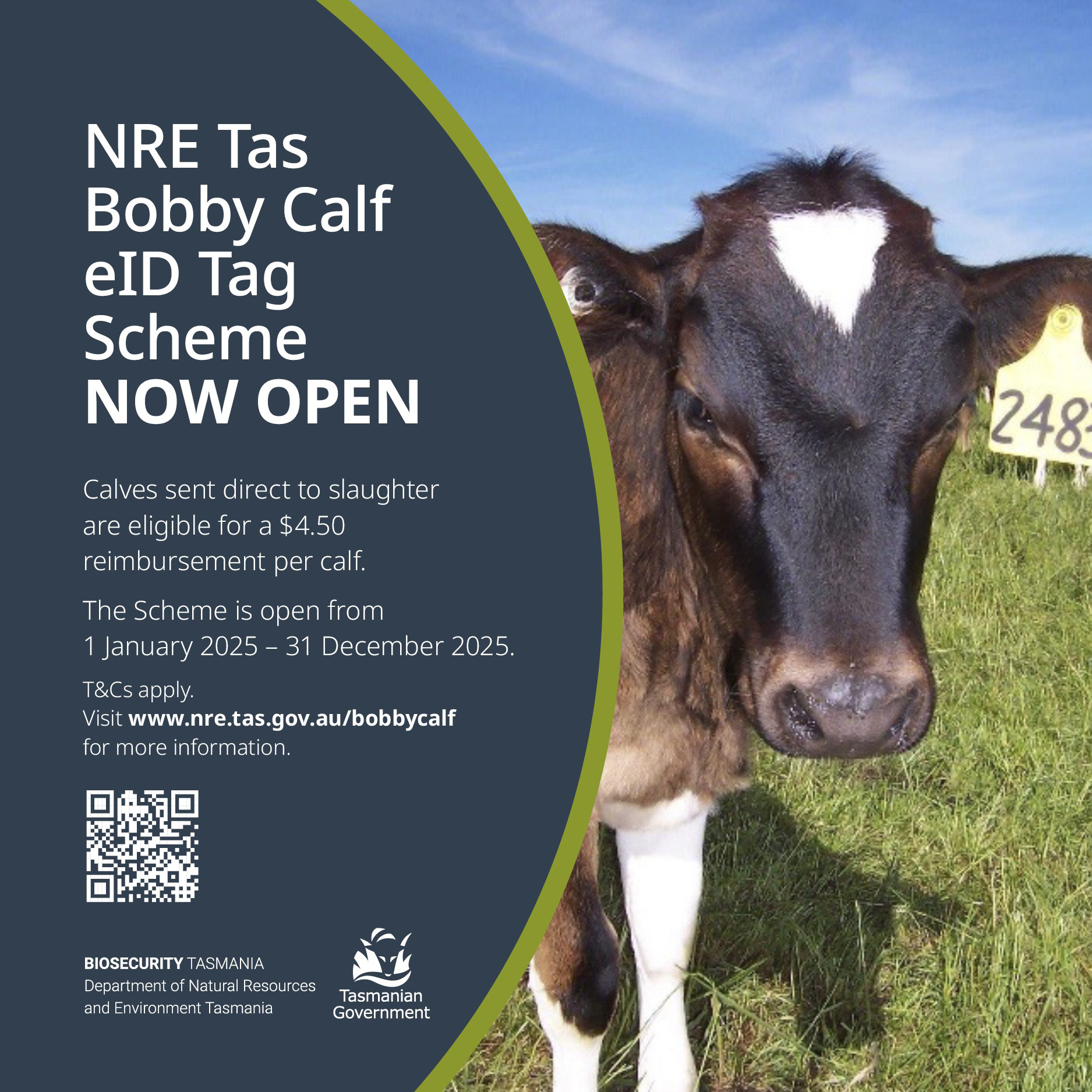Livestock demand drying up

SEASONAL conditions across Tasmania are having an impact on livestock markets.
While parts of the state, including the far North-West and the North-East are seeing good pasture growth, dry and cooler conditions in many areas are impacting producer confidence.
Nutrien livestock agent Warren Johnston said store-cattle prices had surged about three weeks ago, but since then a lack of rain had put the brakes on restocker demand.
“The spring started out exceptionally well, but every inch of rain we probably had two inches of wind which took it straight off the top,” he said.
"About a fortnight or three weeks ago we saw one of our dearest cattle markets for about 12 or 18 months, but it only took a week for that to diminish up to $150 or $200 [a head] and we’re probably sitting on that level now.”
Mr Johnston said a number of producers hit by the sharp fall in cattle prices a couple of years ago were now being more cautious about restocking.
“That being said, there are a lot of positives for the cattle markets with processing and new overseas markets being opened up but there’s still that seasonal impact that is an issue,” he said.
Over the short term Mr Johnston said they expected prices to remain relatively solid.
He said both the state’s major processors were currently finding it difficult to source full kill levels of finished cattle.
“I think the winter was pretty ordinary for growth which has impacted the number of cattle people can finish,” he said.
“Plus we’ve seen an enormous amount of calves leave Tasmania… with 60 to 70 per cent of our weaners leaving the state this year, that’s also going to have a massive impact.”
When it comes to sheep, Mr Johnston said the influx of spring lambs in mainland states had not impacted local prices which have remained firm.
“The only thing is we’re seeing a lot of lambs go back to the paddock which would traditionally be going to slaughter houses now. “That may have an impact later on when those lambs come back on the market,” Mr Johnston said.
“But we’re seeing a very good lamb market at present and it’s continuing on a pretty stable platform.” Nationally cattle prices have eased during the past month.
The Eastern Young Cattle Indicator saw a 4.7 per cent fall month on month.
The EYCI is also 14 per cent lower than the five-year average.
Despite this, current prices are still substantially higher than this time last year. Elders livestock agent Greg Harris said seasonal conditions were having an impact, particularly on cattle prices.
“It’s ro
cking the cattle a little because it’s not warming up, we’ve had a few frosty mornings and not a lot of rain and just the fodder concerns,” he said.
“No one has got any left so they’re thinking about locking up for more.” While there is reasonable demand for heavier cattle which can be finished quickly, Mr Harris said lighter and younger cattle were proving harder to sell.
Mr Harris said uncertainty about the upcoming fodder season due to the current dry and cool conditions is also making producers more cautious.
“If we get another two weeks in and the grass has got to a stage where it will run to head, it won’t fill out and do much after that,” he said.
“We’ve really only got another two weeks grace to go to see what it’s going to do.”




Add new comment